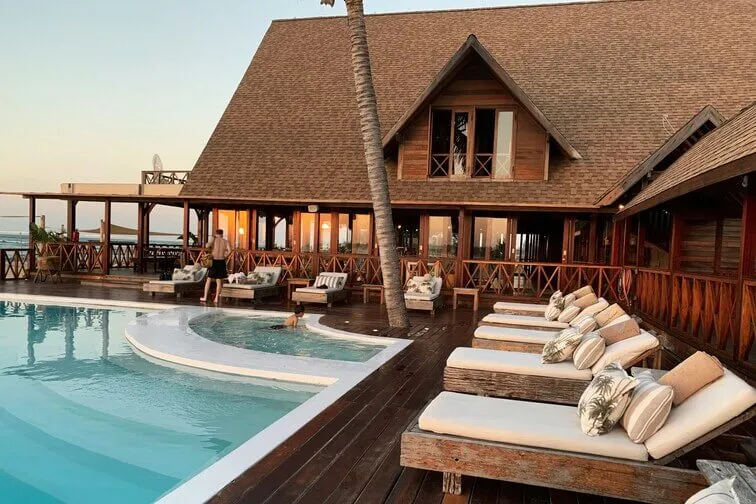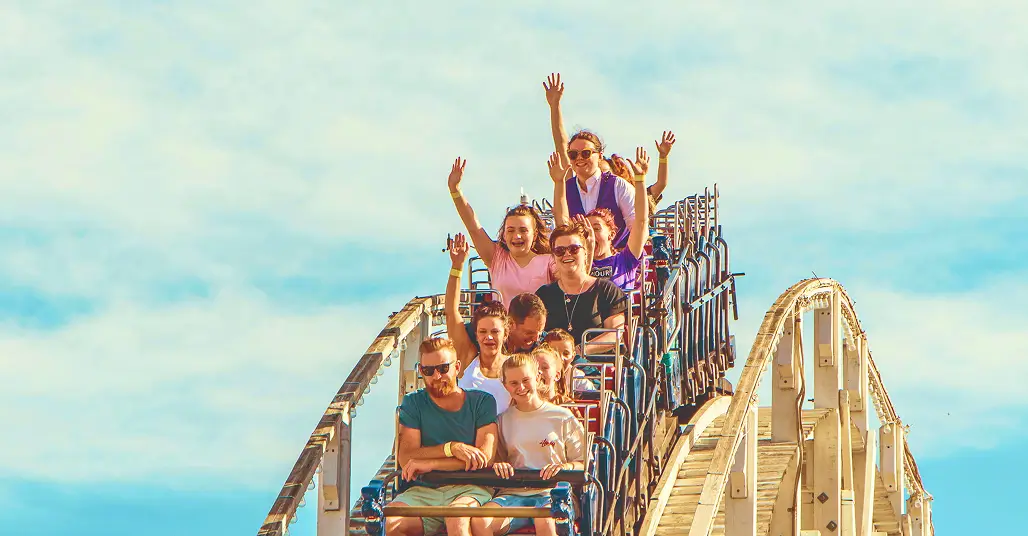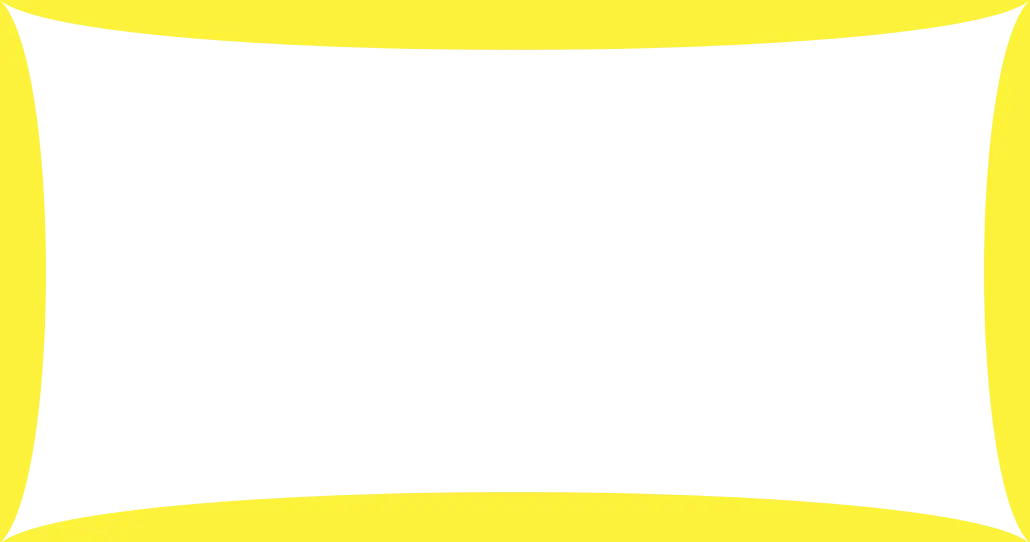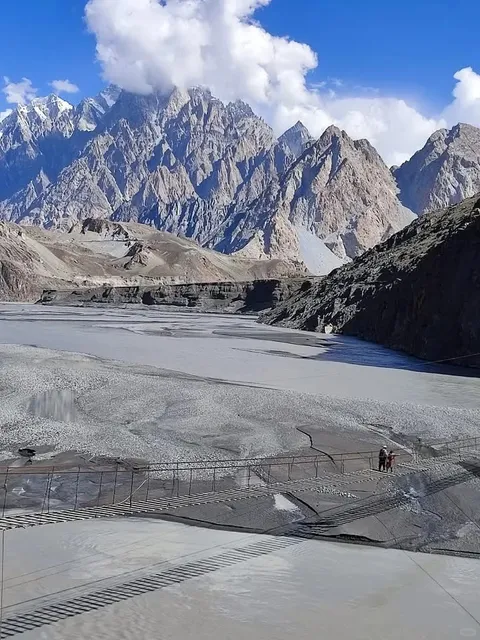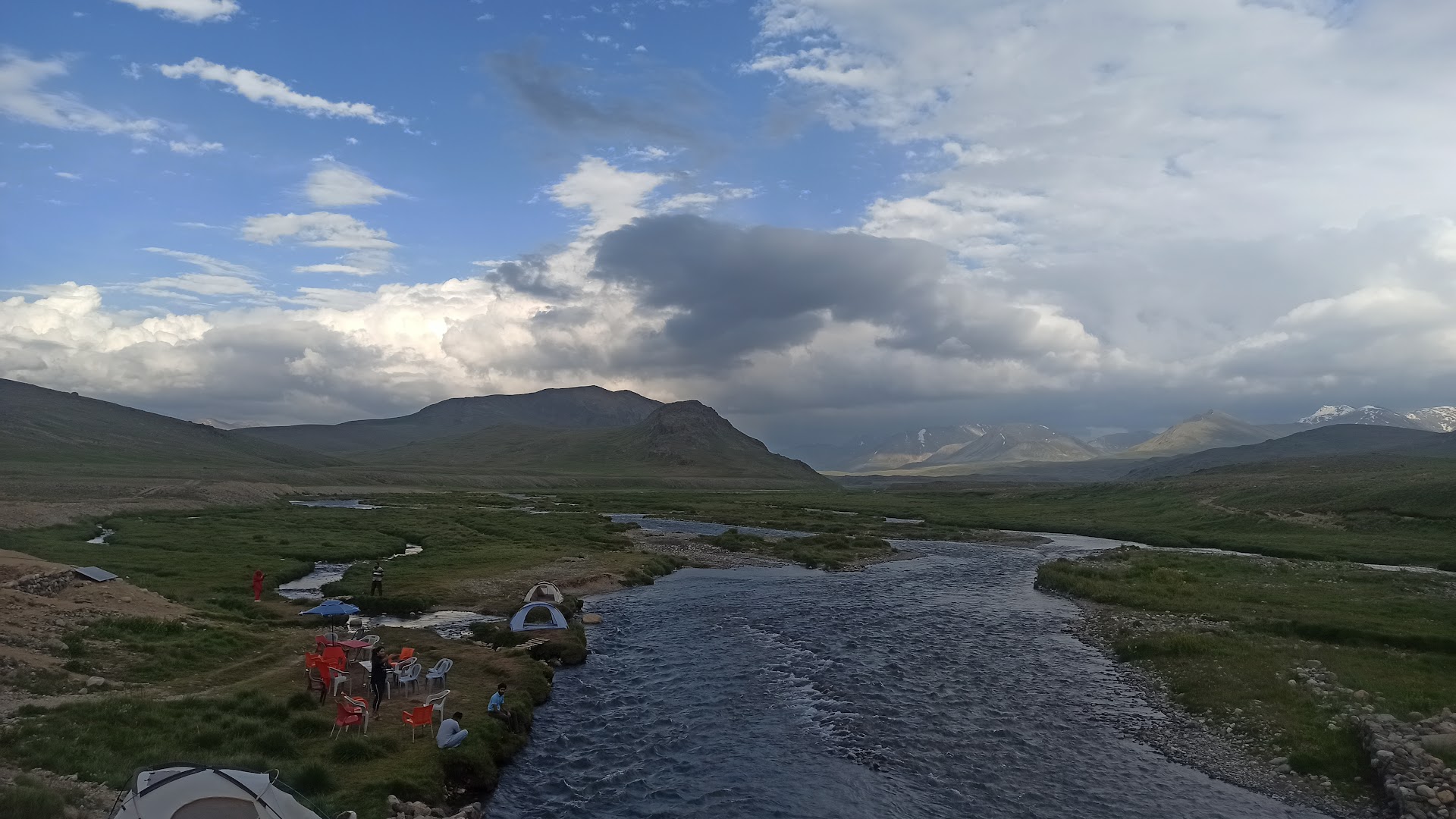Situated at an average elevation of 4,114m above sea level, the Deosai National Park in Pakistan is a part of the Deosai Plains. Considered the second highest plateau in the world after the Tibetan Plateau in Central Asia, the Deosai Plains and the Deosai National Park is something straight out of fairybooks. Deosai meaning 'the Shadow of the Giant', is a vast treeless, grassy plain, bordered by the Karakoram and the western Himalayas. Covered in snow most of the year, the destination is only accessible during summer. We say, you make the most out of the small window and explore the natural wonder while you can.
So what do you do when you are finally there? Below is a list of 6 reasons to visit Deosai National Park today. We hope you will experience them all and love the destination as much as we do on your next Pakistan tour.
THE WEATHER AND THE EERIE SILENCE
The weather in Deosai is unpredictable, to say the least. While the place is accessible only during summer, sometimes travelers will experience snow in the middle of summer too. One moment you would be enjoying the majestic views of sunlight and clouds playing hide and seek in the sky. The next moment the sky could be overcast, starting icy winds and thunderstorms.
Besides the weather and the place's majestic splendor, Deosai is also known for its deafening silence. Many have tried to describe it, but it is something one has to experience to truly understand. If you hear slow drumming while here, there is a high chance that it is just the sound of you heartbeat.
Deosai National Park is well known for its rich and amusing flora and fauna. During spring, the plains are covered in wildflowers of all hues, which in turn attracts a wide variety of butterflies. As one can imagine, the sight of endless flowers and butterflies hovering over them is unforgettable. It makes for an instagrammable snap that all your friends would be envious of. It is indeed a real life fairyland.
SHEOSAR LAKE — THE JEWEL IN THE CROWN OF DEOSAI
Blue water of lake in Deosai National Park
The blue water on a calm day reflects the mountains bordering it.
Located at 4,142m, Sheosar Lake is one of the highest lakes in the world. Surrounded on one side by snow-covered mountains and lush green plains peppered with wildflowers in the other, the deep blue water is a sight to behold. On a clear day, one can see the famous Nanga Parbat's peaking amongst the other mountains. On windless days, when the lake sits calm, the Himalayas reflect on the surface, creating a natural masterpiece only a few lucky ones get to witness.
With so much nature to explore and enjoy, Deosai also gives you a wide variety of wildlife. How will you ever forget the sight of brown bears, Himalayan ibex, or cute chubby marmots? The Deosai Plains are also home to the red fox, golden marmot (locally called Phia), gray wolf, the Ladakh urial, snow leopard, and over 124 types of resident and migratory birds. Birds in the park include the golden eagle, lammergeier, griffon vulture, laggard falcon, peregrine falcon, Eurasian kestrel, Eurasian sparrow hawk, and snowcock.
A stream running through Deosai Plains
Try your hands on trout fishing when in the Deosai National Park.
There are several springs in Deosai brimming with trout fish that serve as food for locals and bears alike. If you know how to fish, you can catch fresh snow trout there on your own, or you can ask an expert guide to help you fish one. To catch one out in the wild and to eat it too is an experience worth telling boasting about.
If you love camping and have the time and zeal it takes, it is strongly suggested to camp in the national park. You’ll not need to worry about water, as there is an abundance of freshwater available in Deosai. All you need is your camping gear and some food. The night view will be another splendid sight you will remember of years to come. Ever seen a piece of the Milky Way swirling in the nightsky? Here...
Read more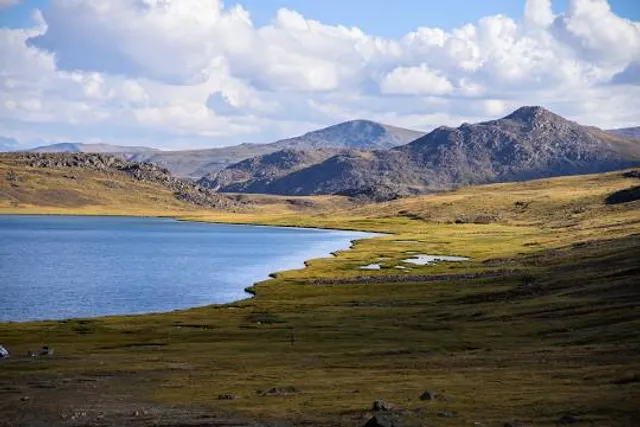
 Learn more insights from Wanderboat AI.
Learn more insights from Wanderboat AI.

